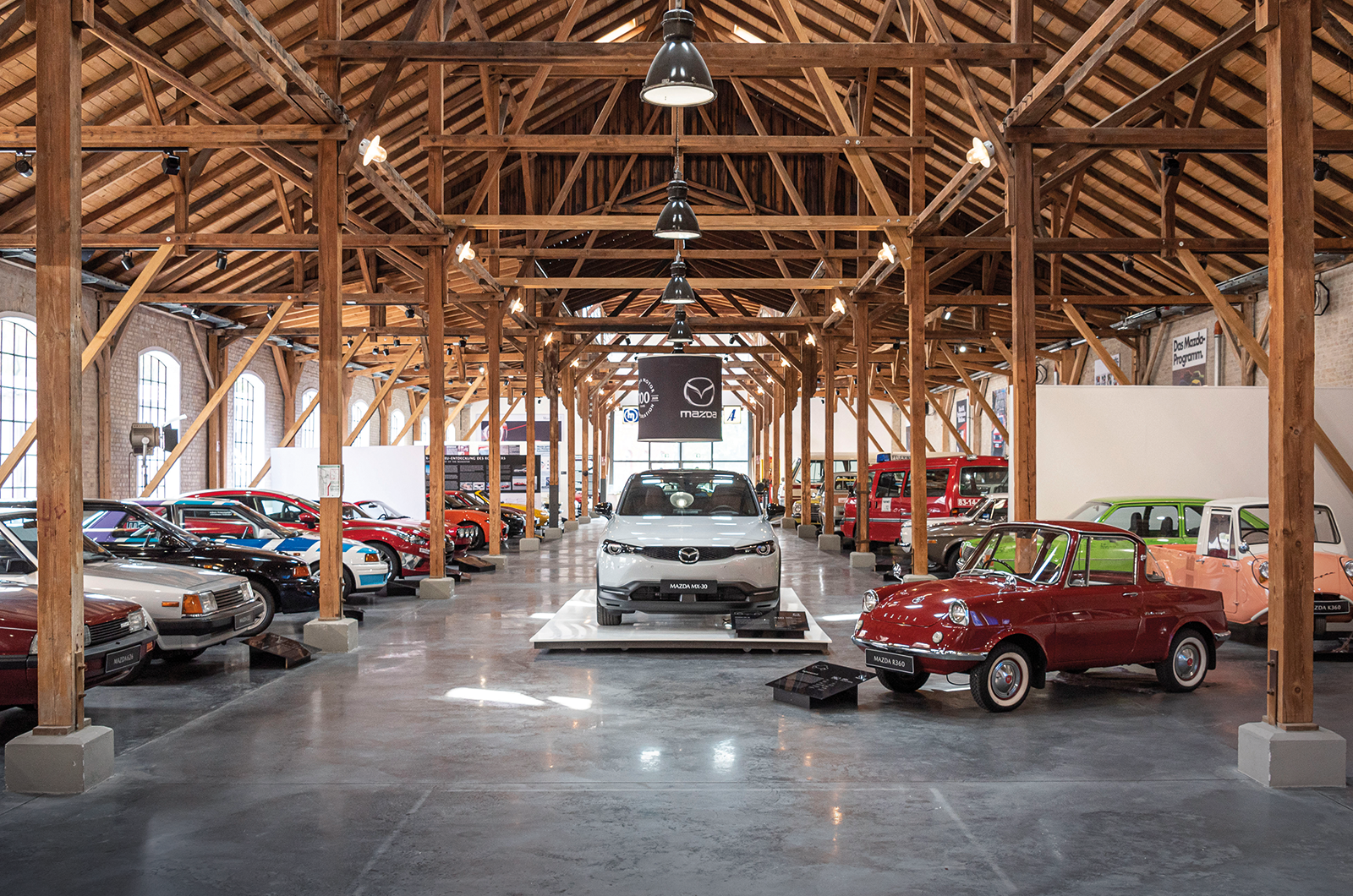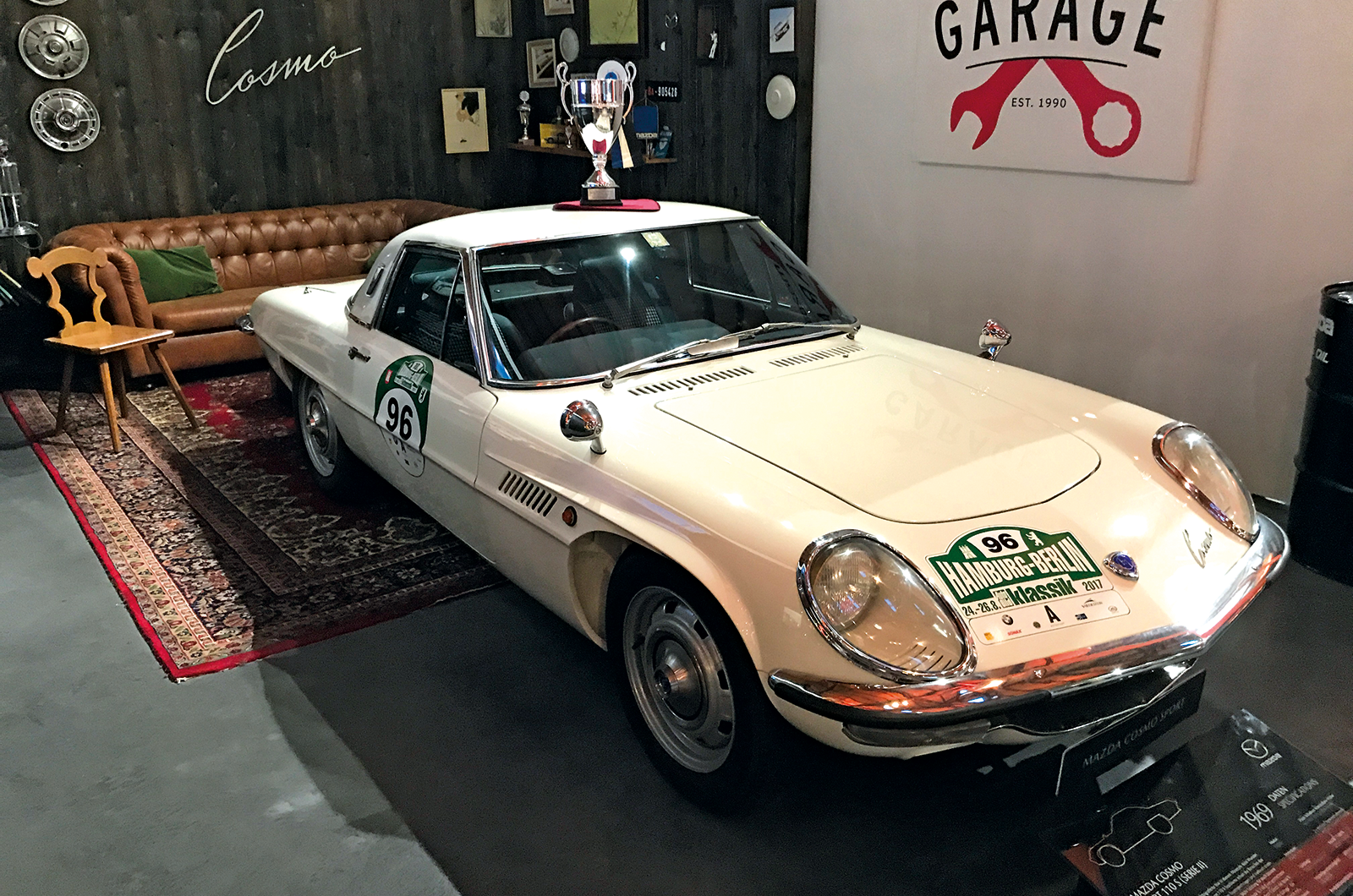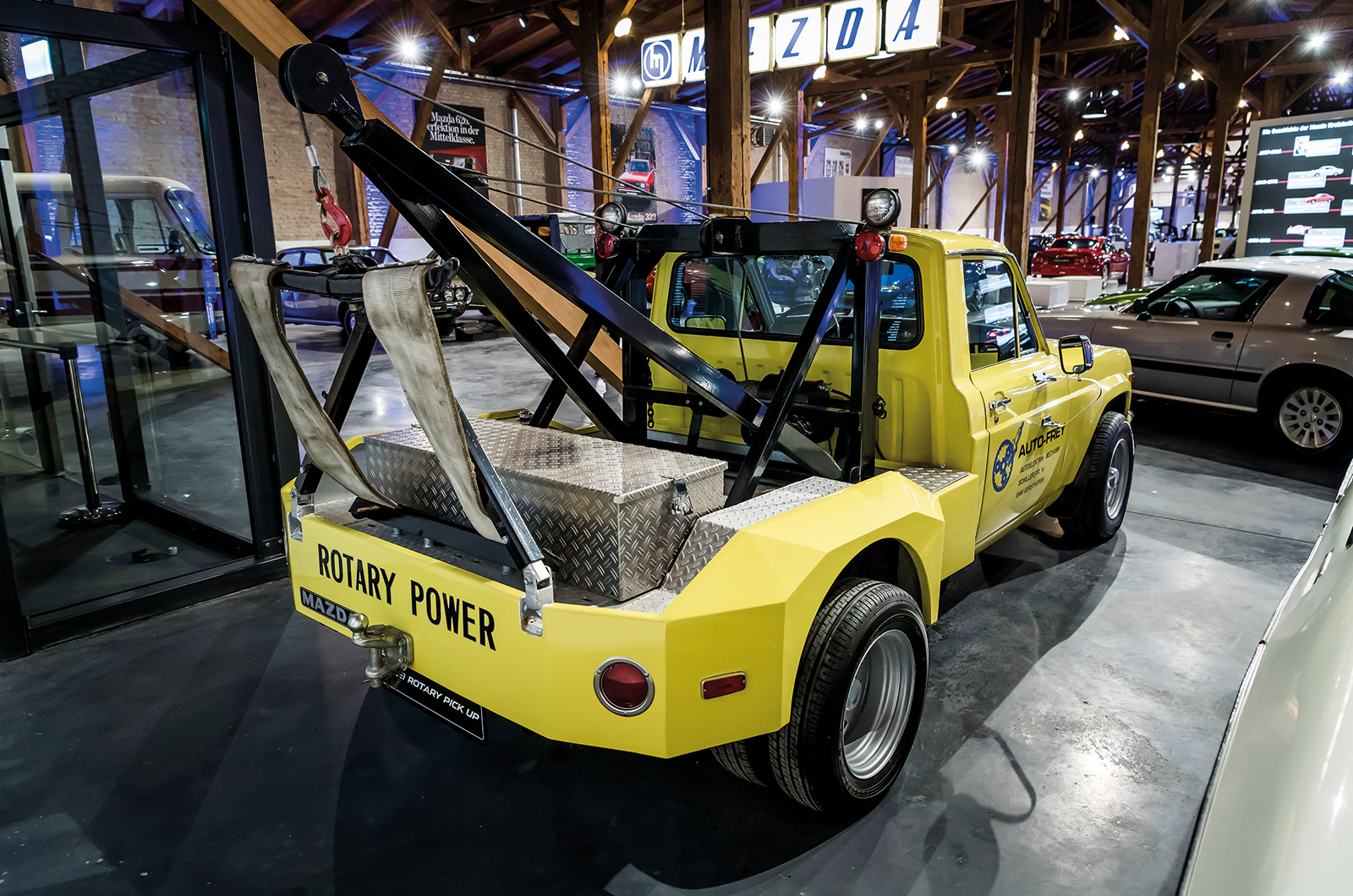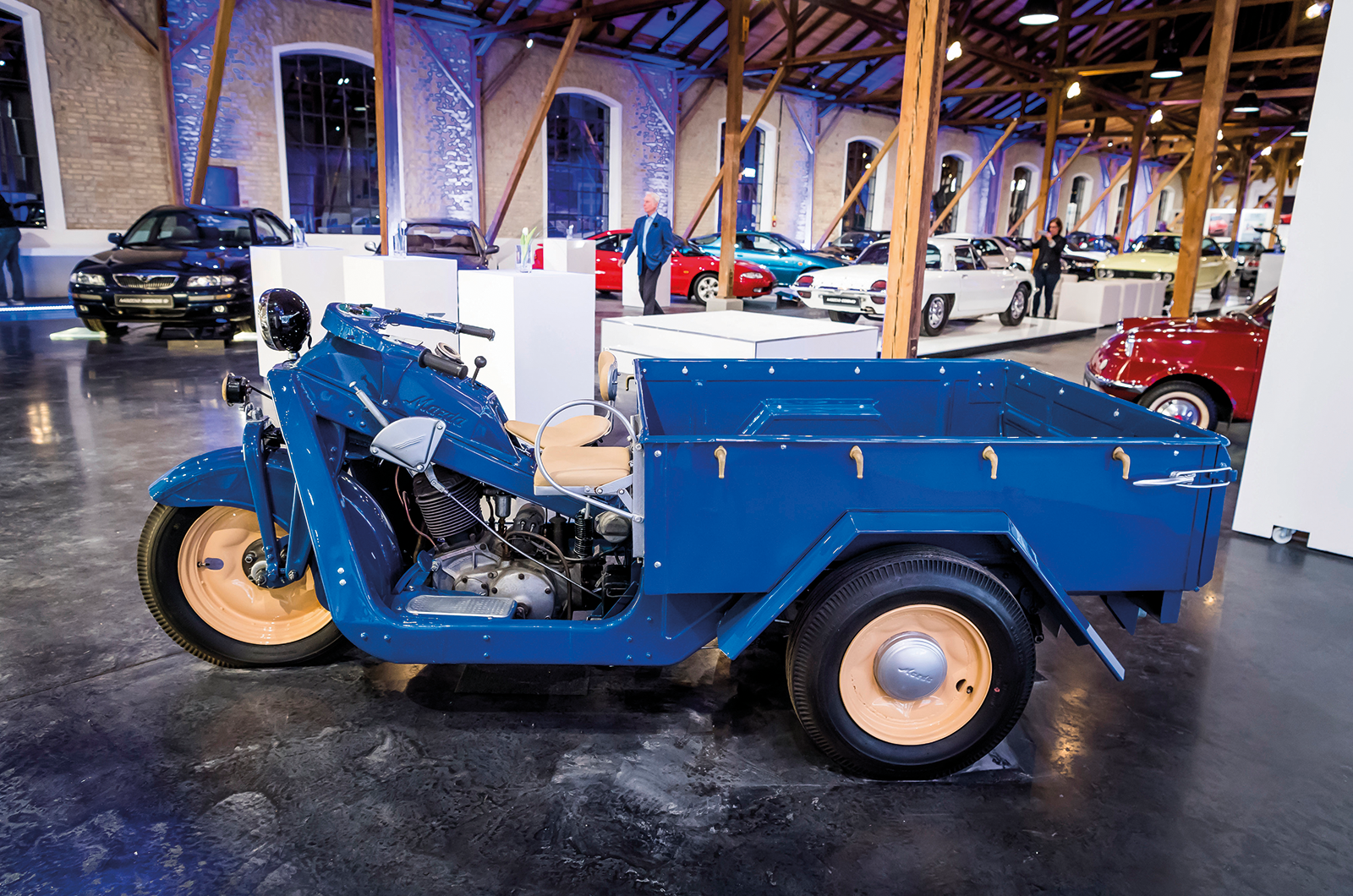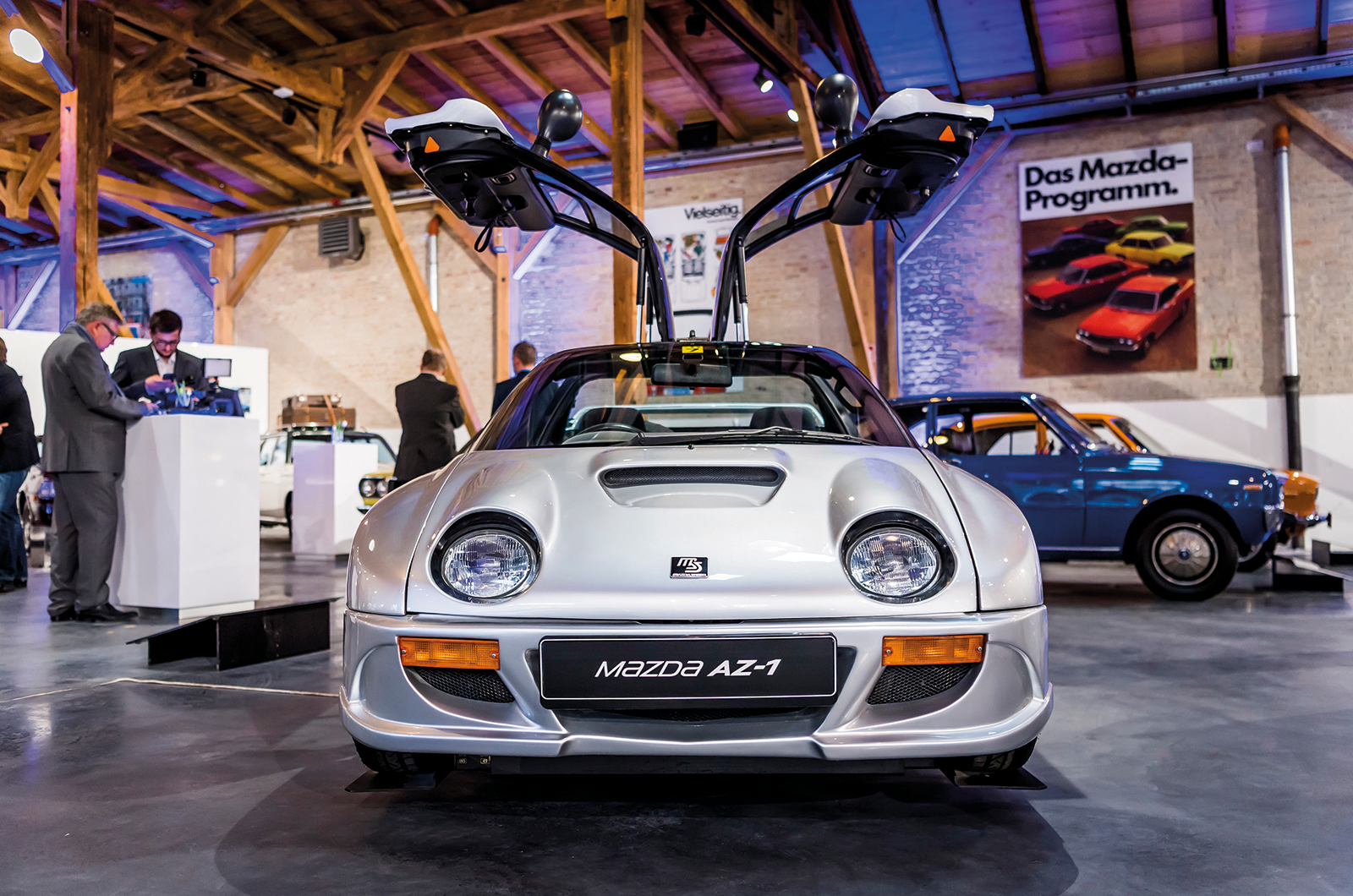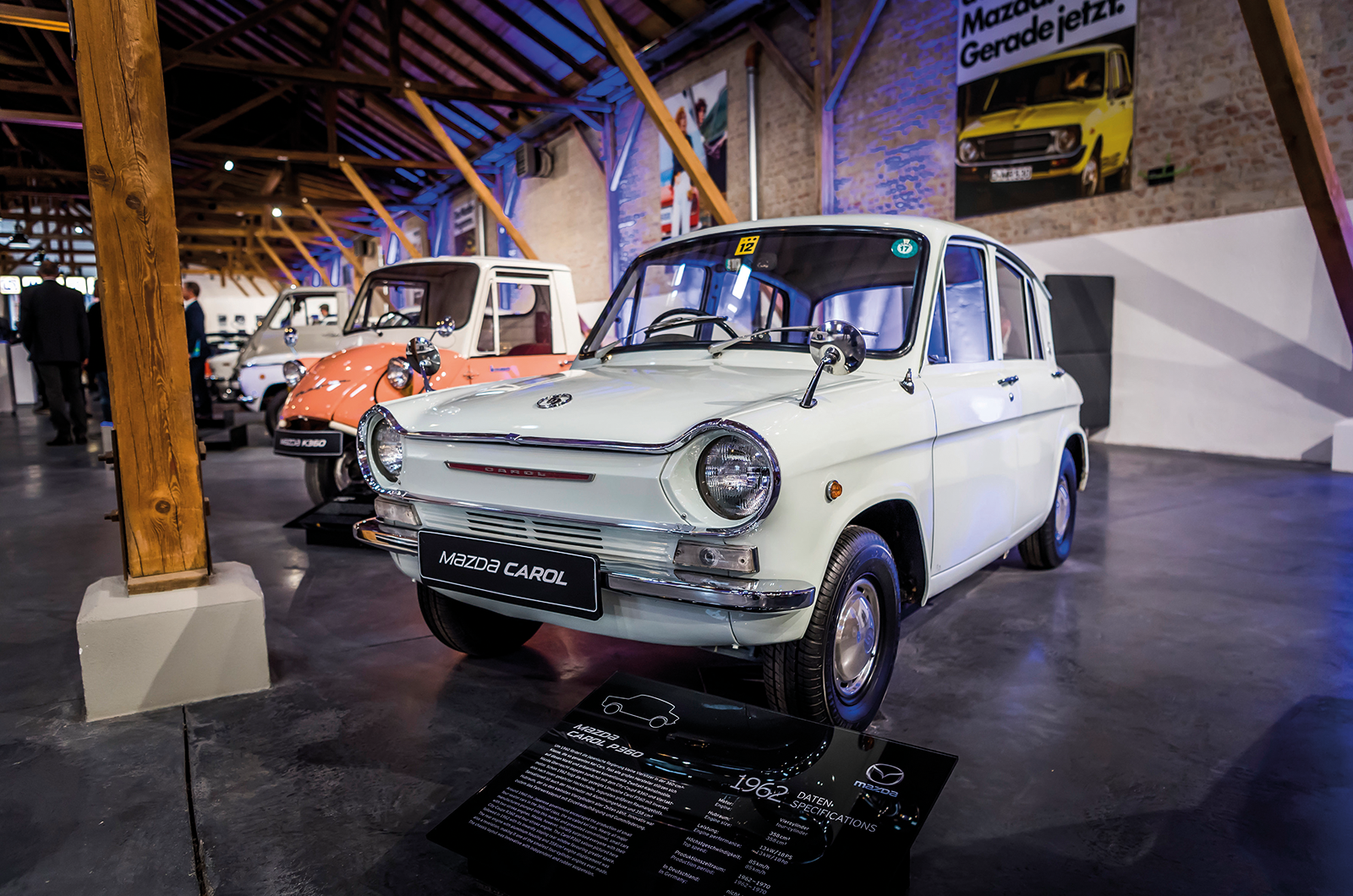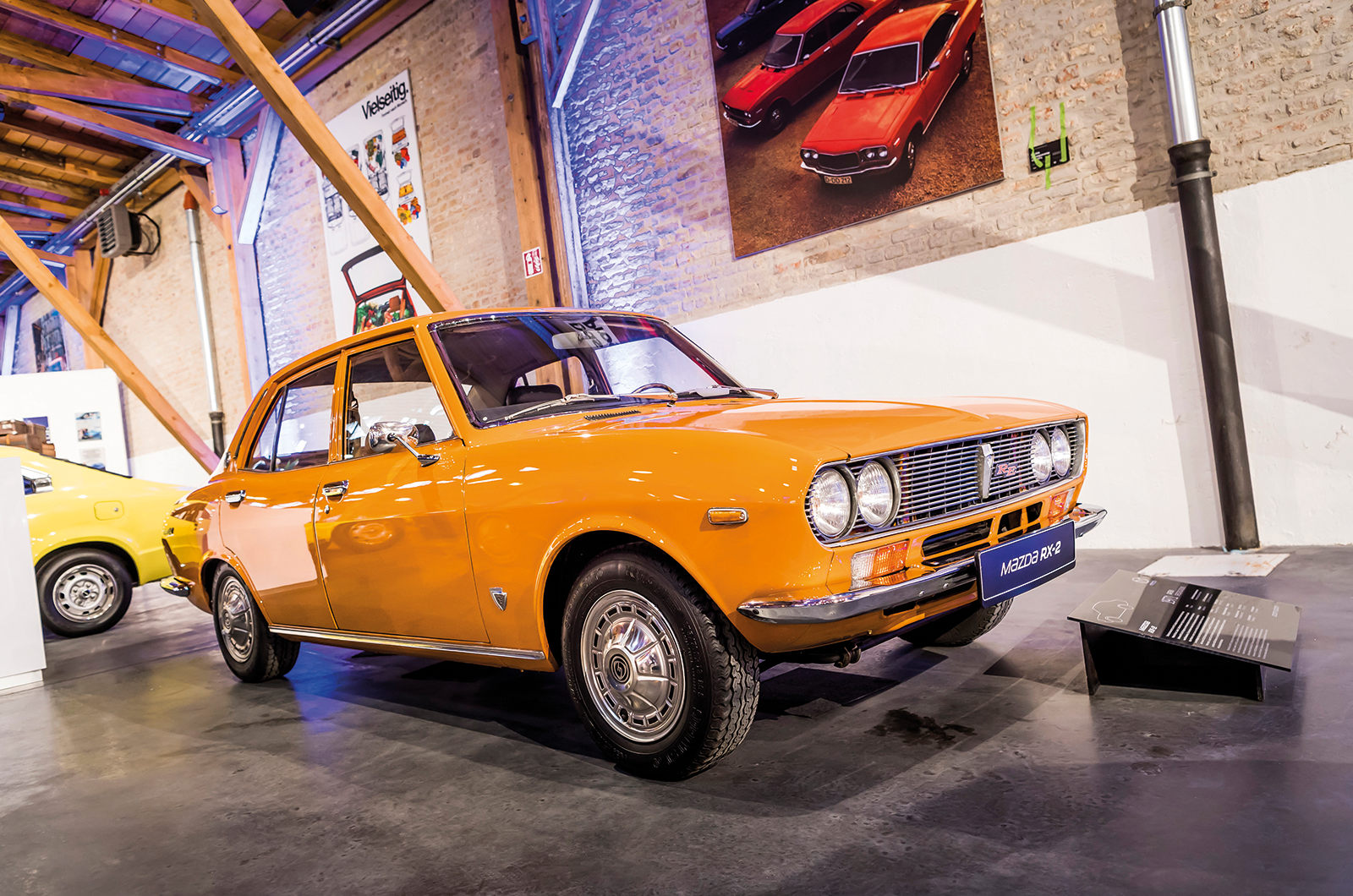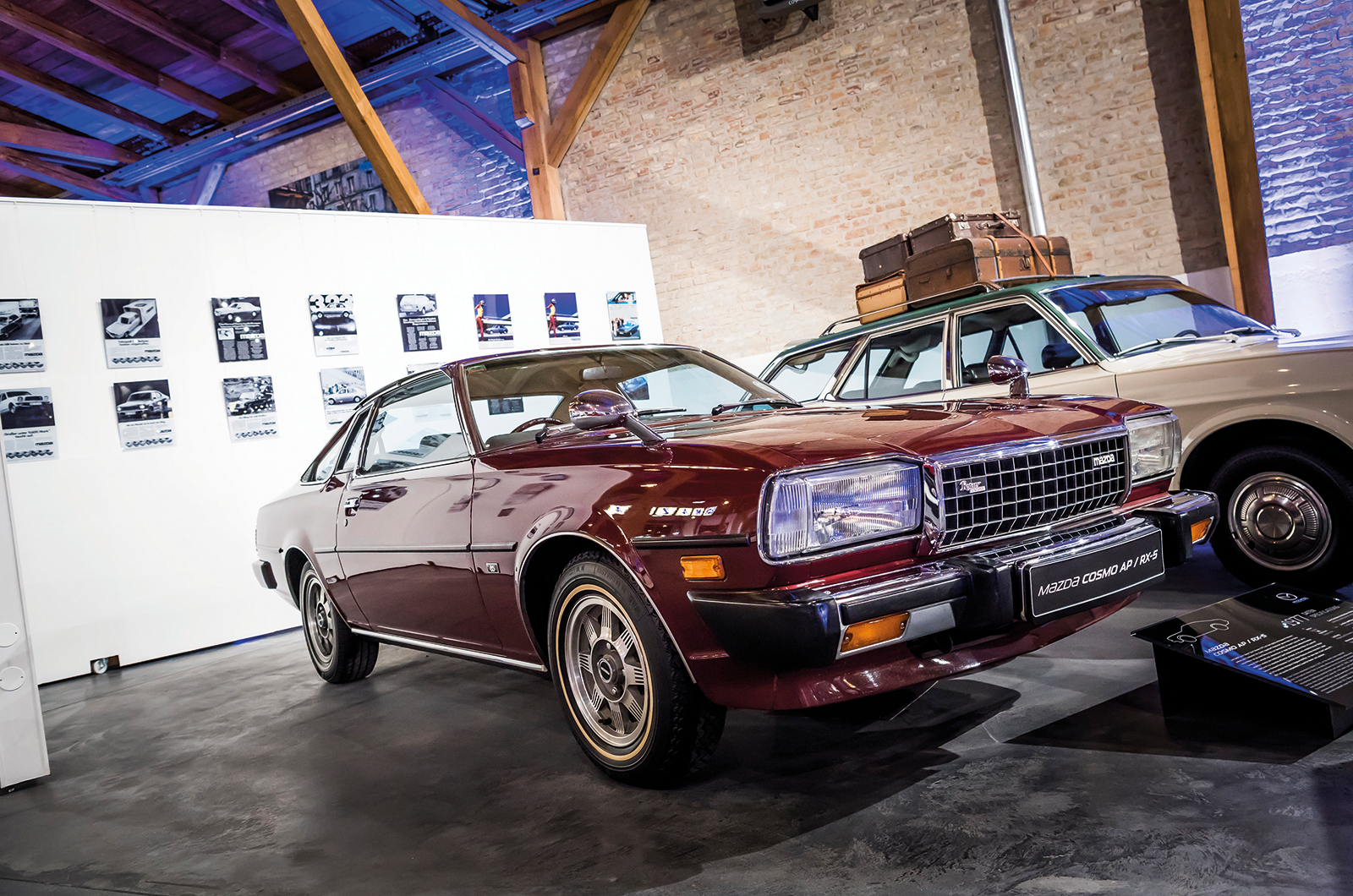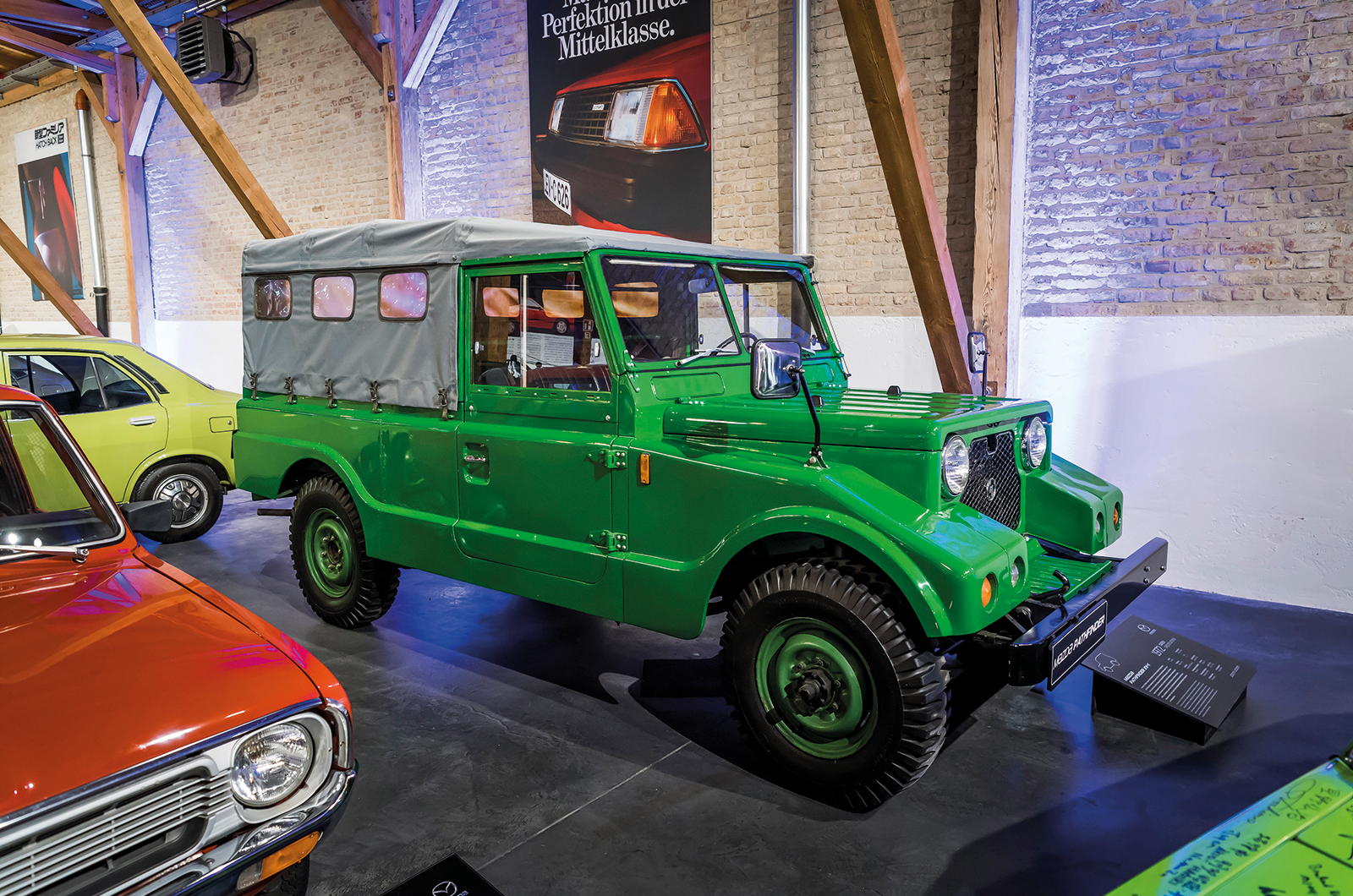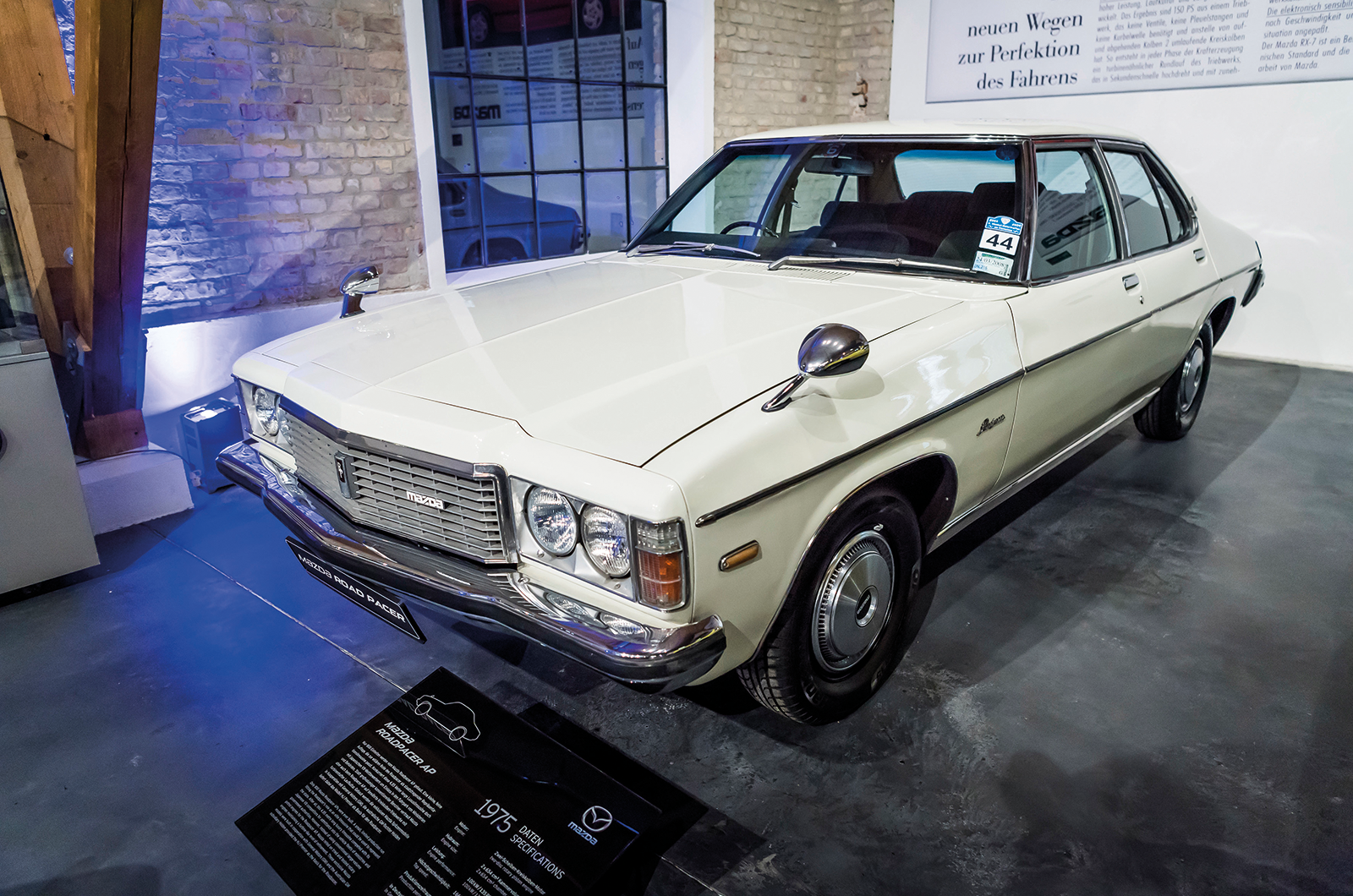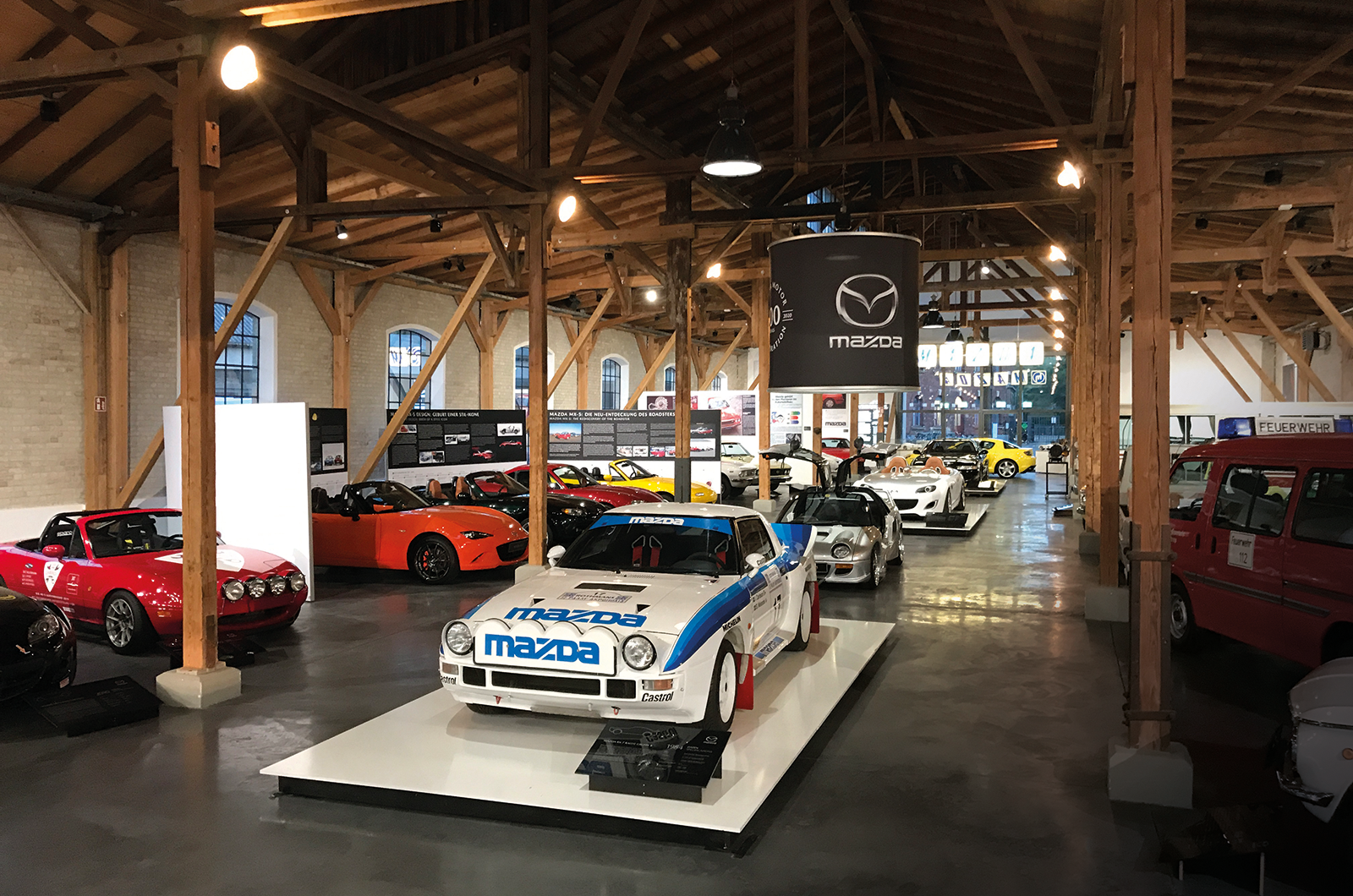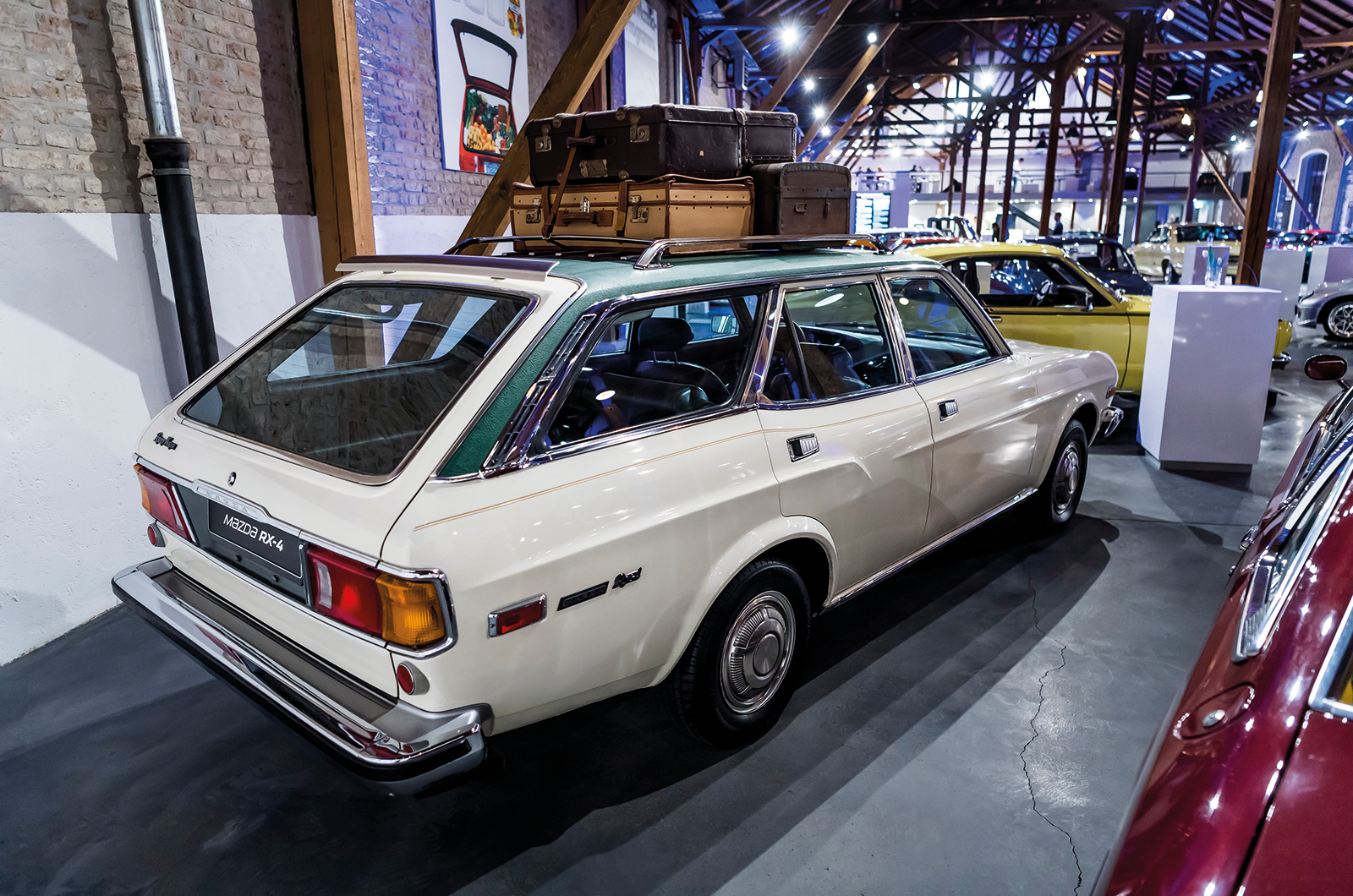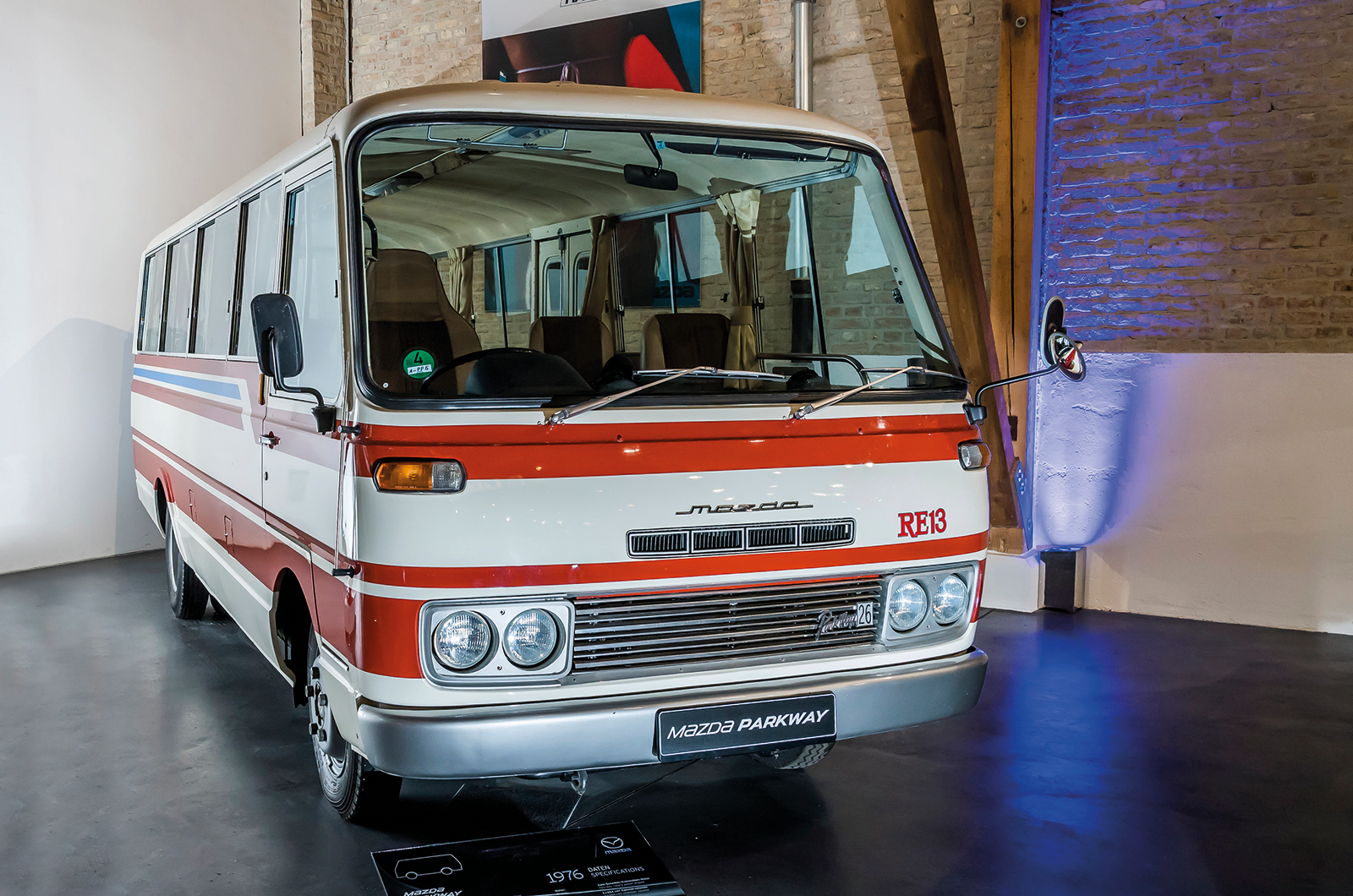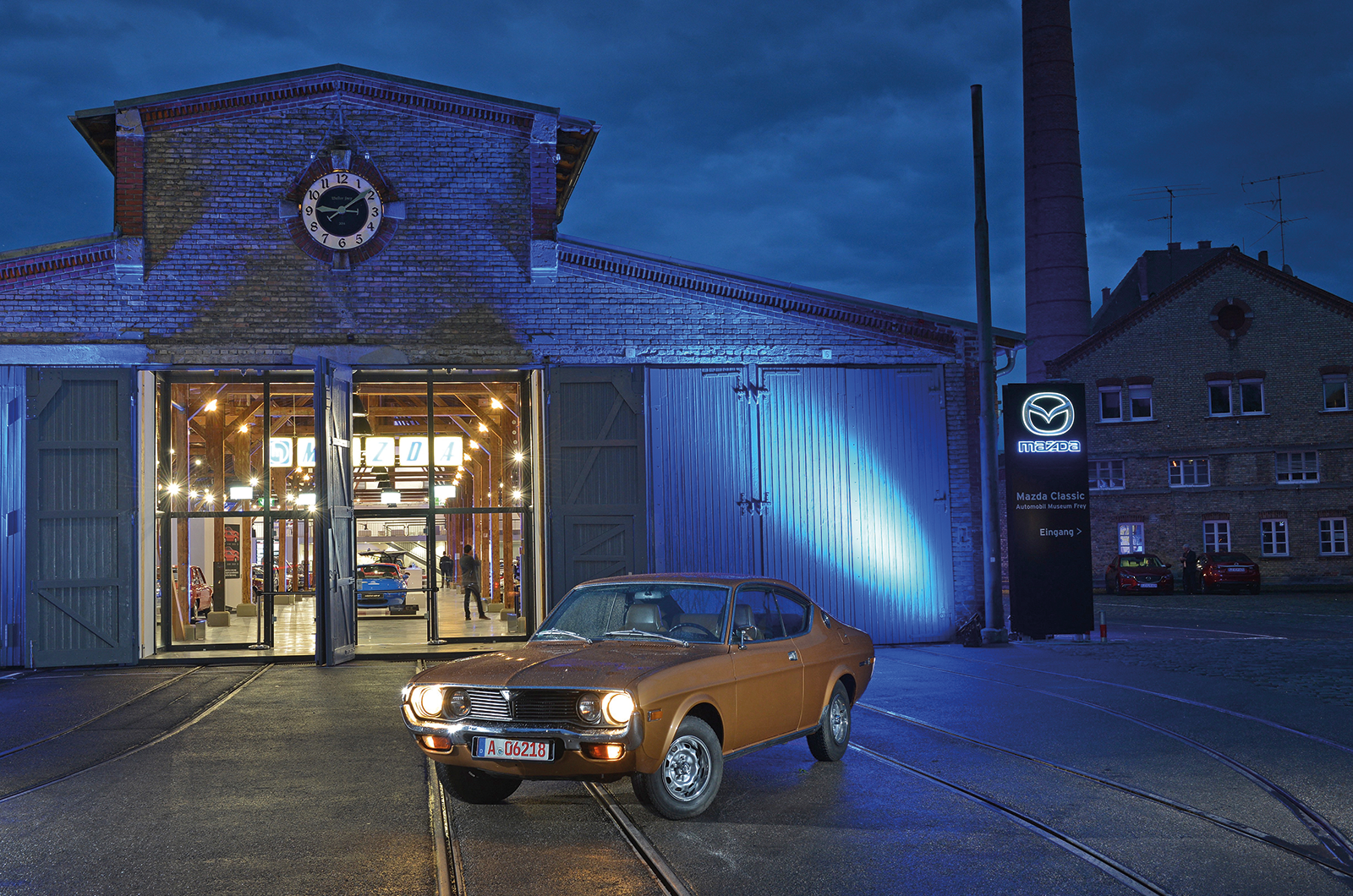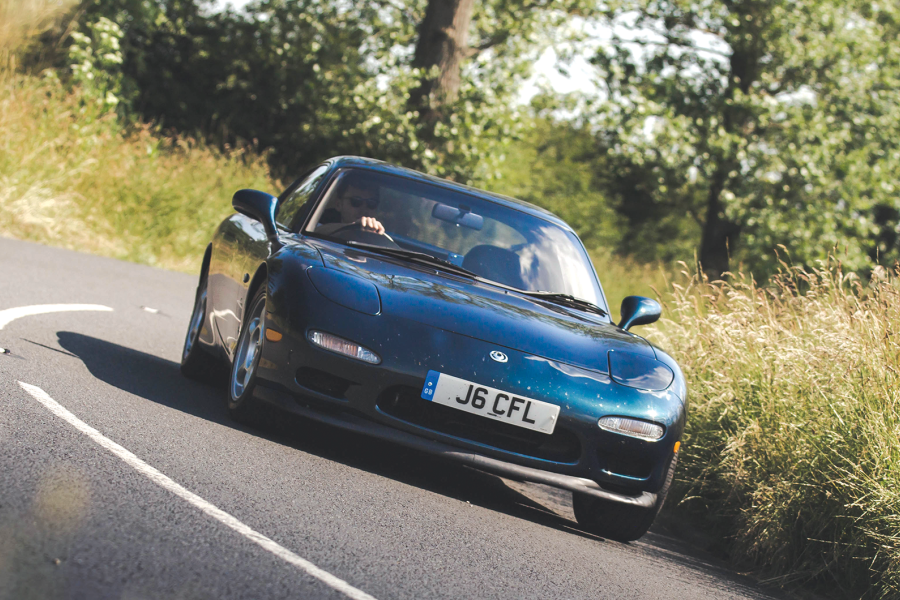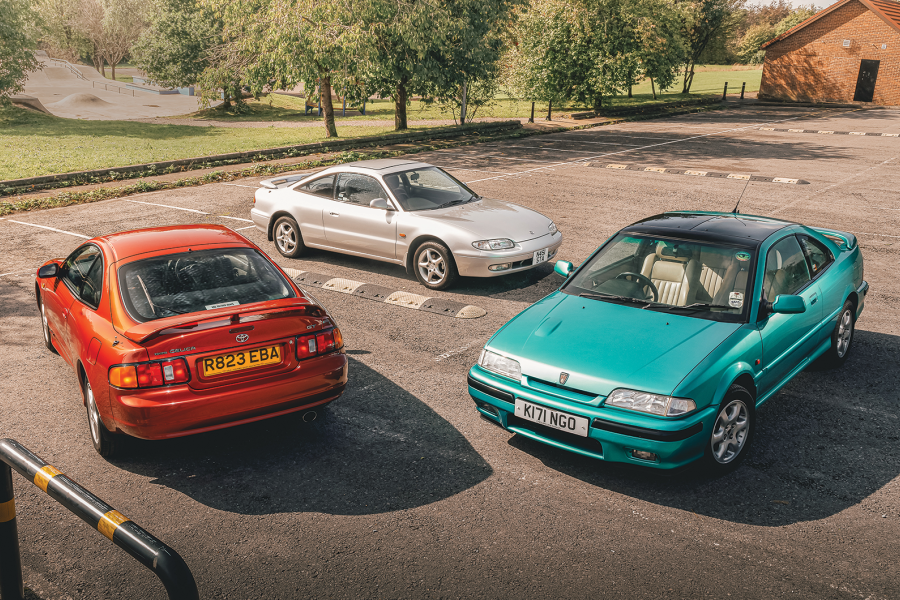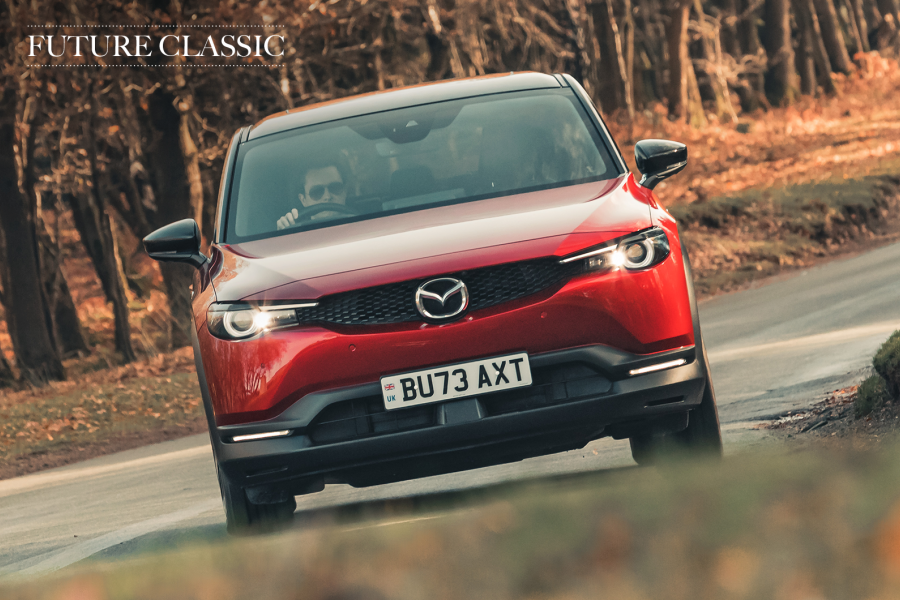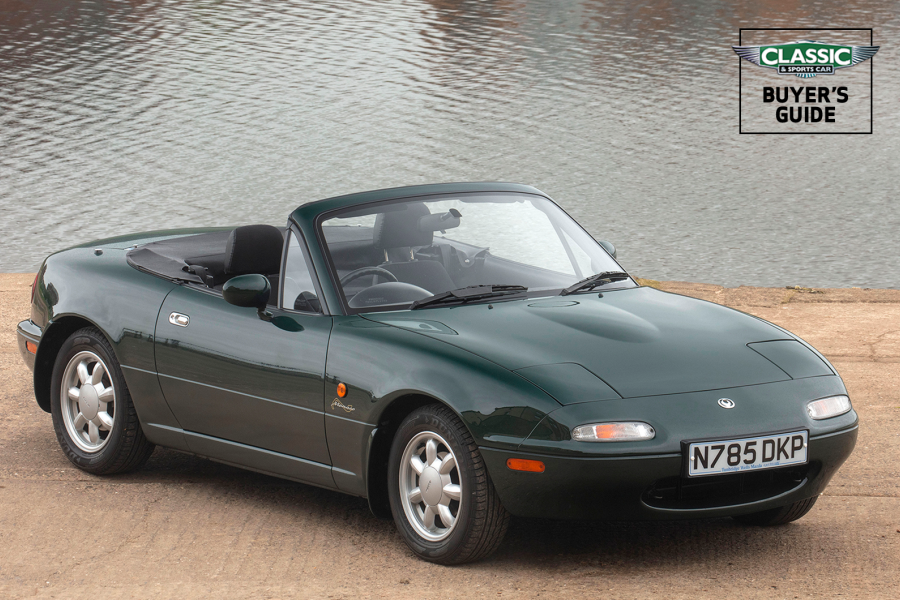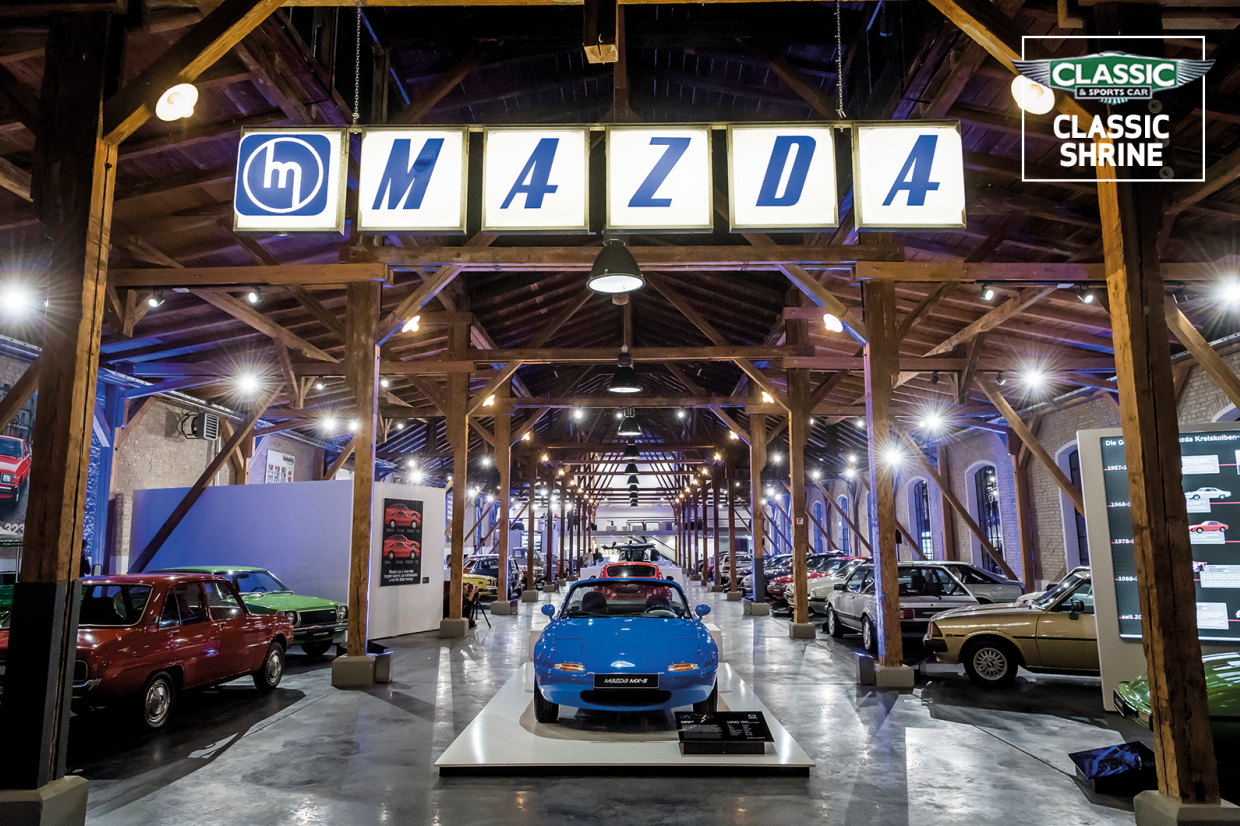
Where would you expect to find the finest collection of Mazda vehicles in the world?
In the company’s home town of Hiroshima, perhaps? Or maybe in the capital, Tokyo, to take advantage of the greater footfall?
Guess again, because it isn’t in Japan at all but in the historic university town of Augsburg, Germany, in the heart of Bavaria.
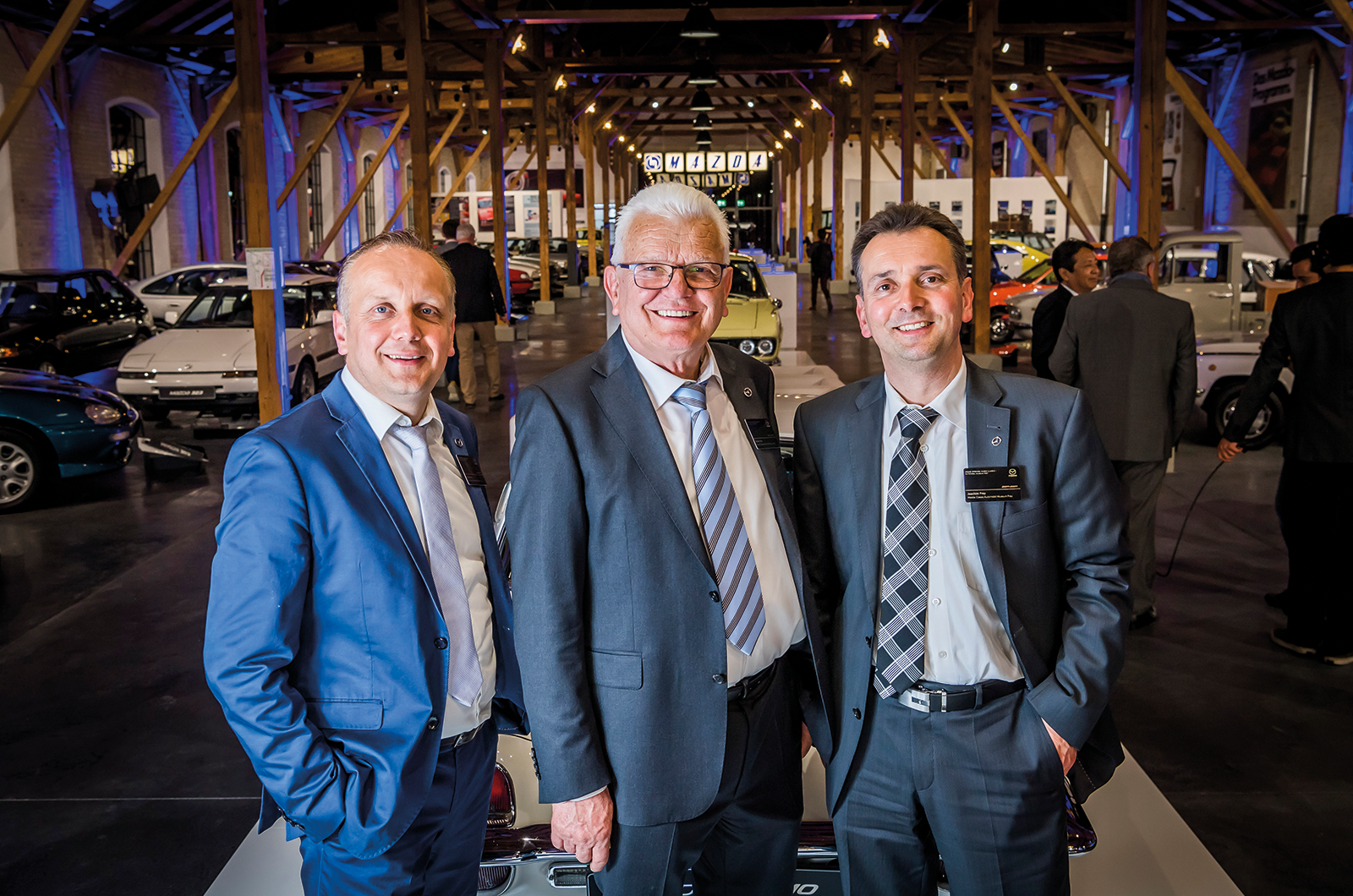
Walter Frey (centre) with sons Markus (left) and Joachim at the museum’s 2017 opening ceremony
The story of Automobil Museum Frey begins in 1971, in the nearby town of Gersthofen, when entrepreneur Walter Frey began buying and selling Ladas under the banner of Auto-Frey.
Seven years later, he decided to become one of the country’s first Mazda dealers. “I started with Mazda because it was the only company doing rotary engines and I liked the technology,” says Frey.
“NSU had gone bankrupt and sold out to Audi, who cancelled the Ro80 – but I do have three of them, plus an NSU Wankel Spider.”
In fact, Frey has around 100 non-Mazdas, joining some 120 running examples of the Japanese marque and another 80 or so for spares or restoration.
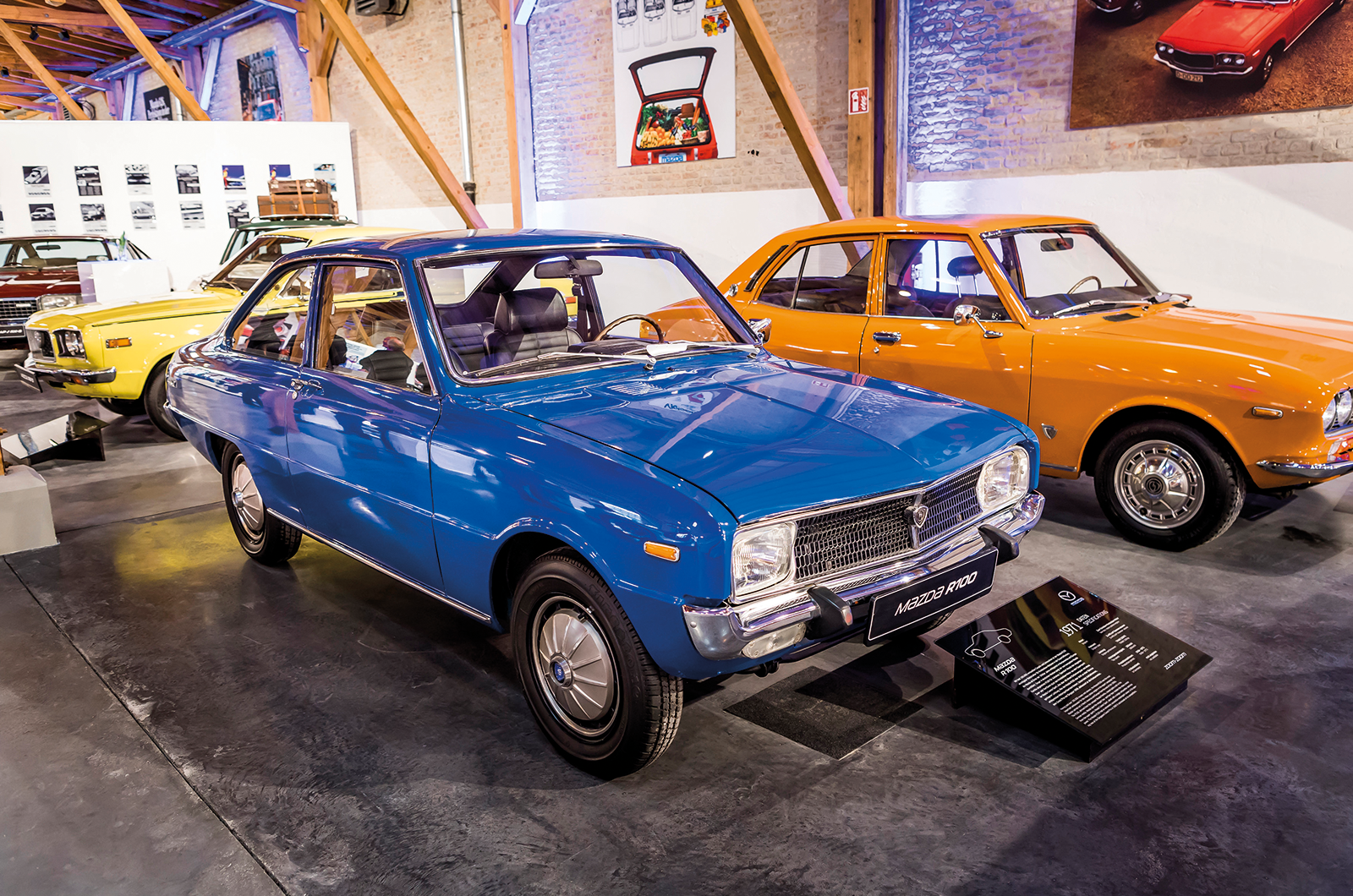
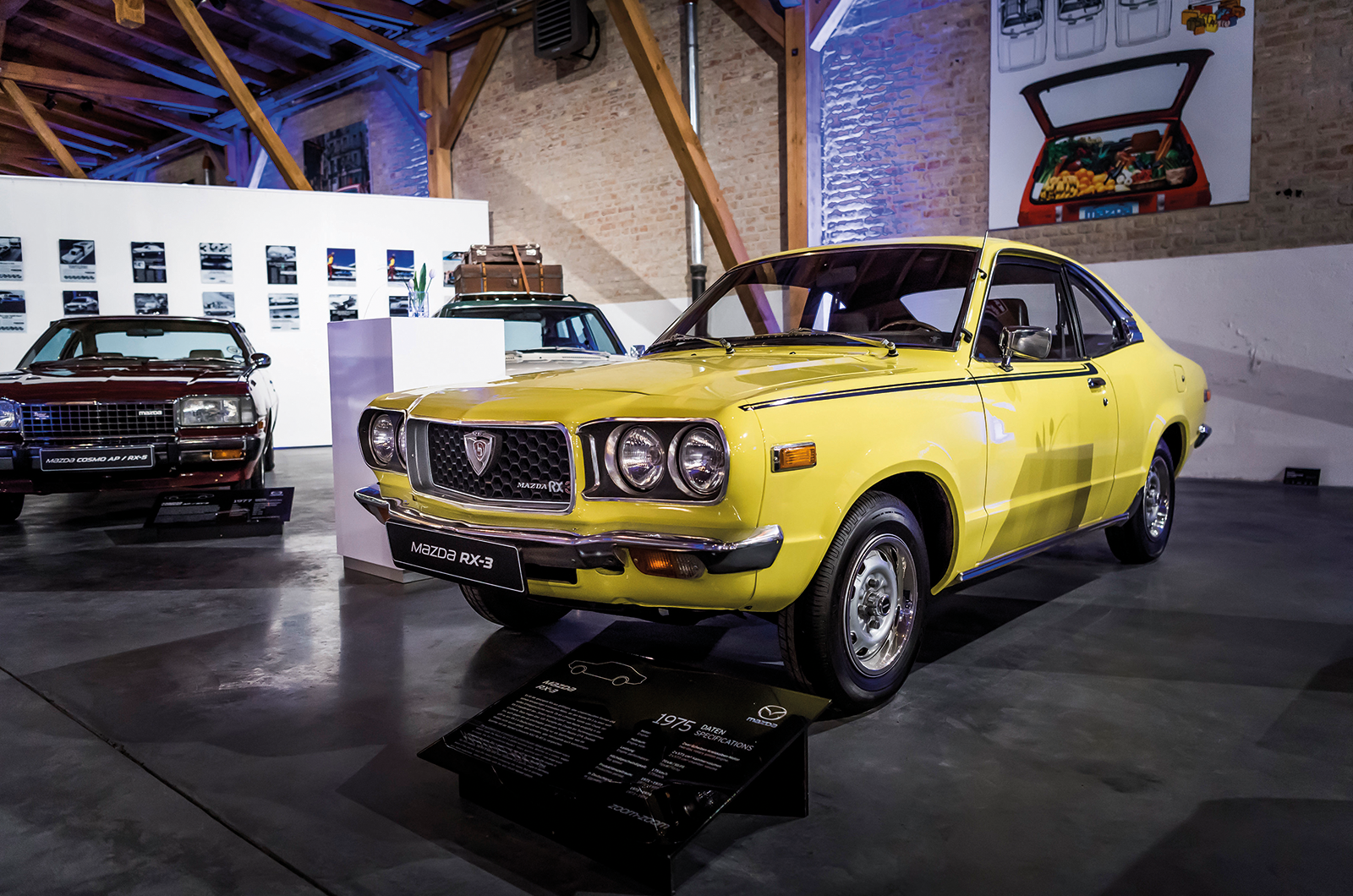
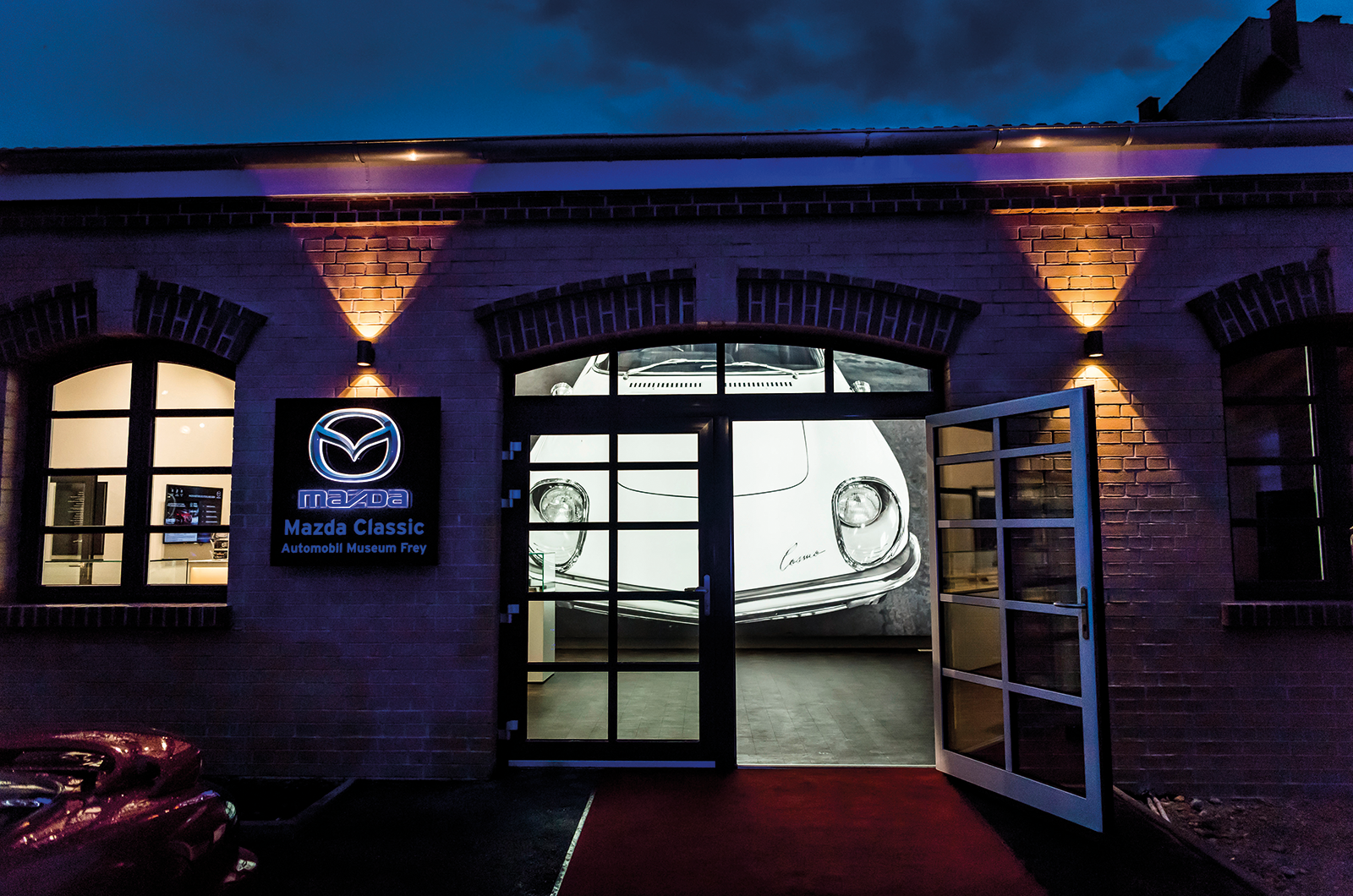
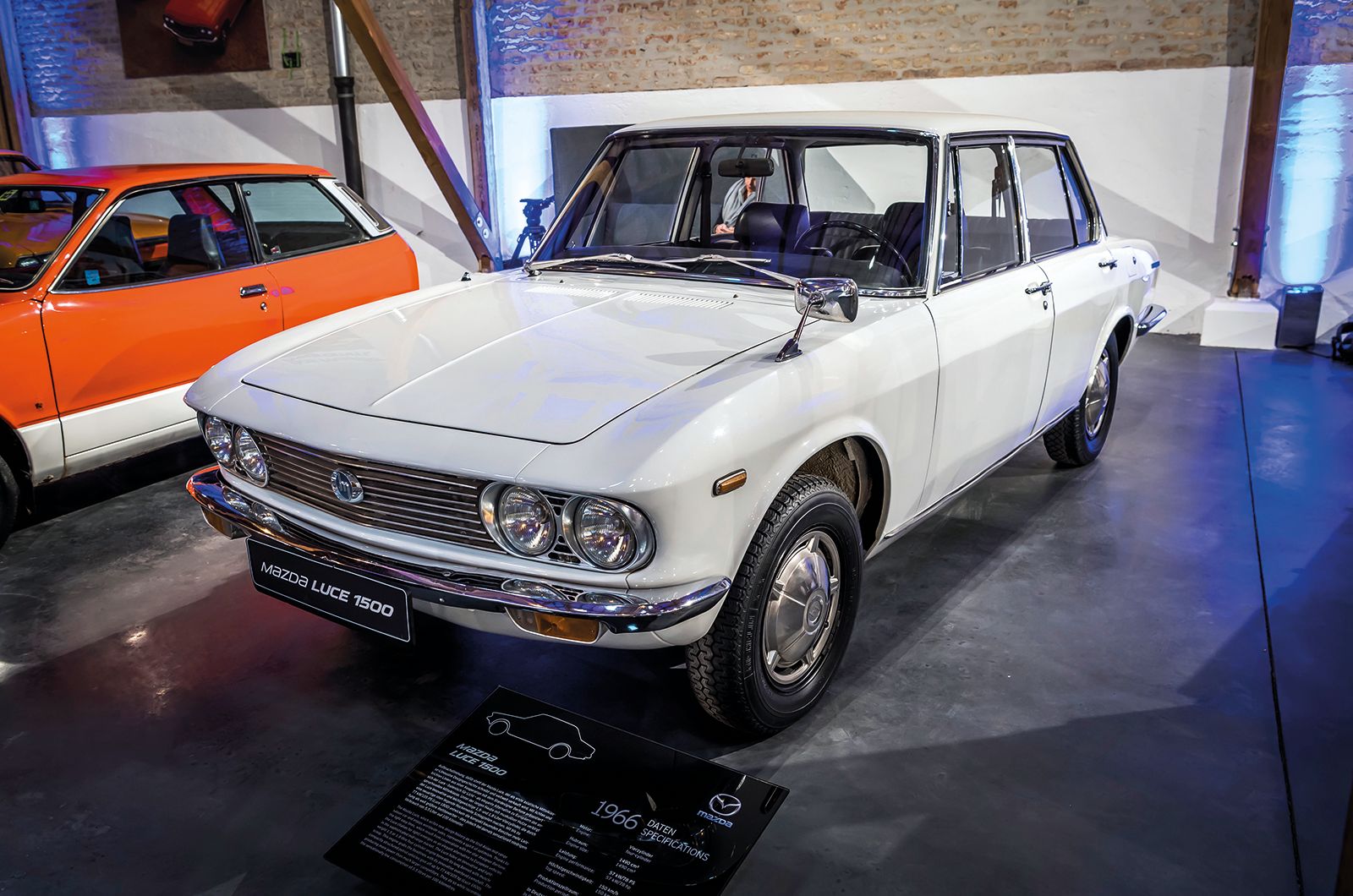
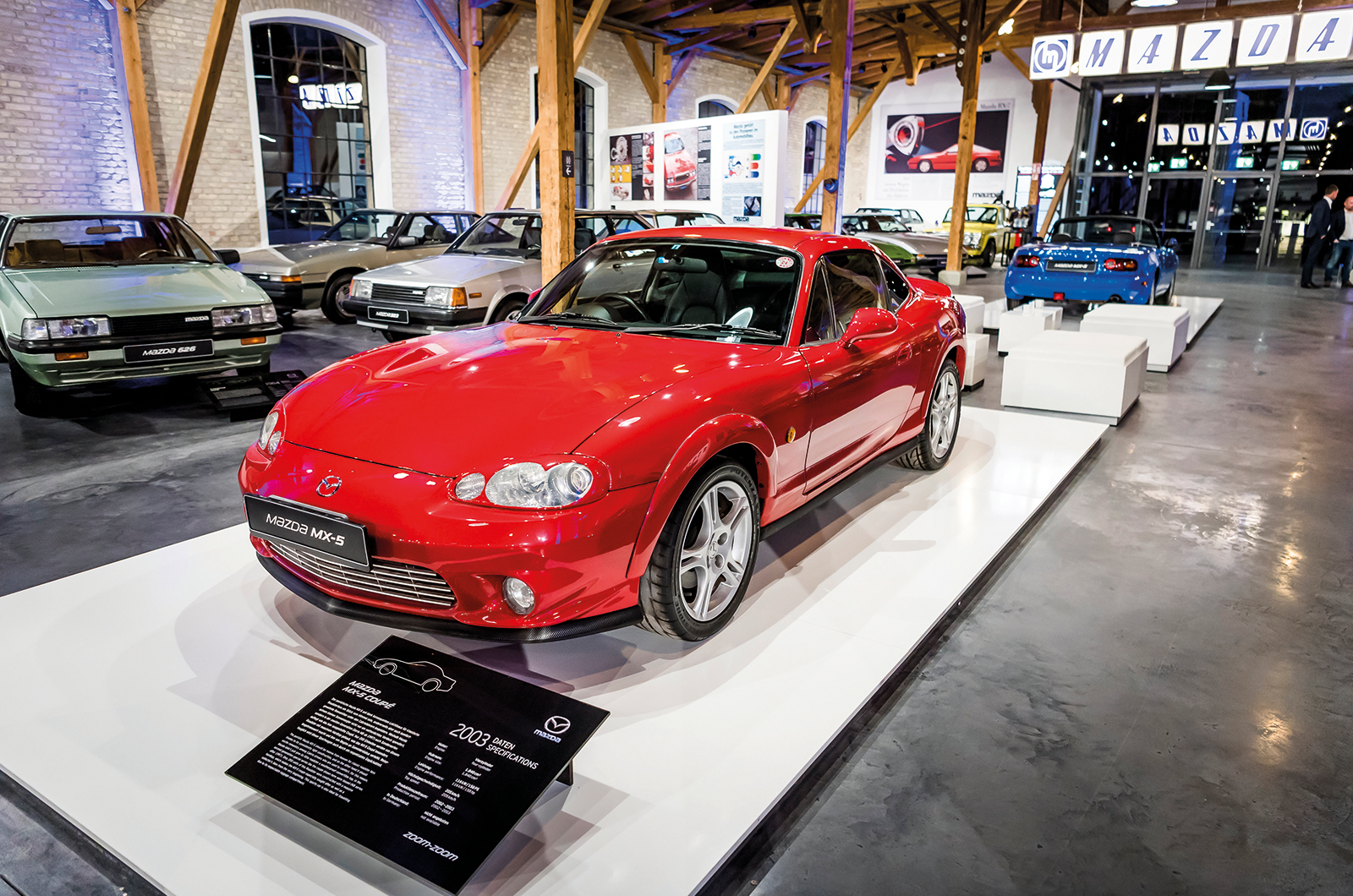
Clockwise from top left: the neat R100 coupé was Mazda’s second rotary car; RX-3 is also rotary-powered; Cosmo print dominates the entrance; fewer than 200 Mk2 MX-5 Coupés were built for Japan; pretty Luce was created with input from Bertone

